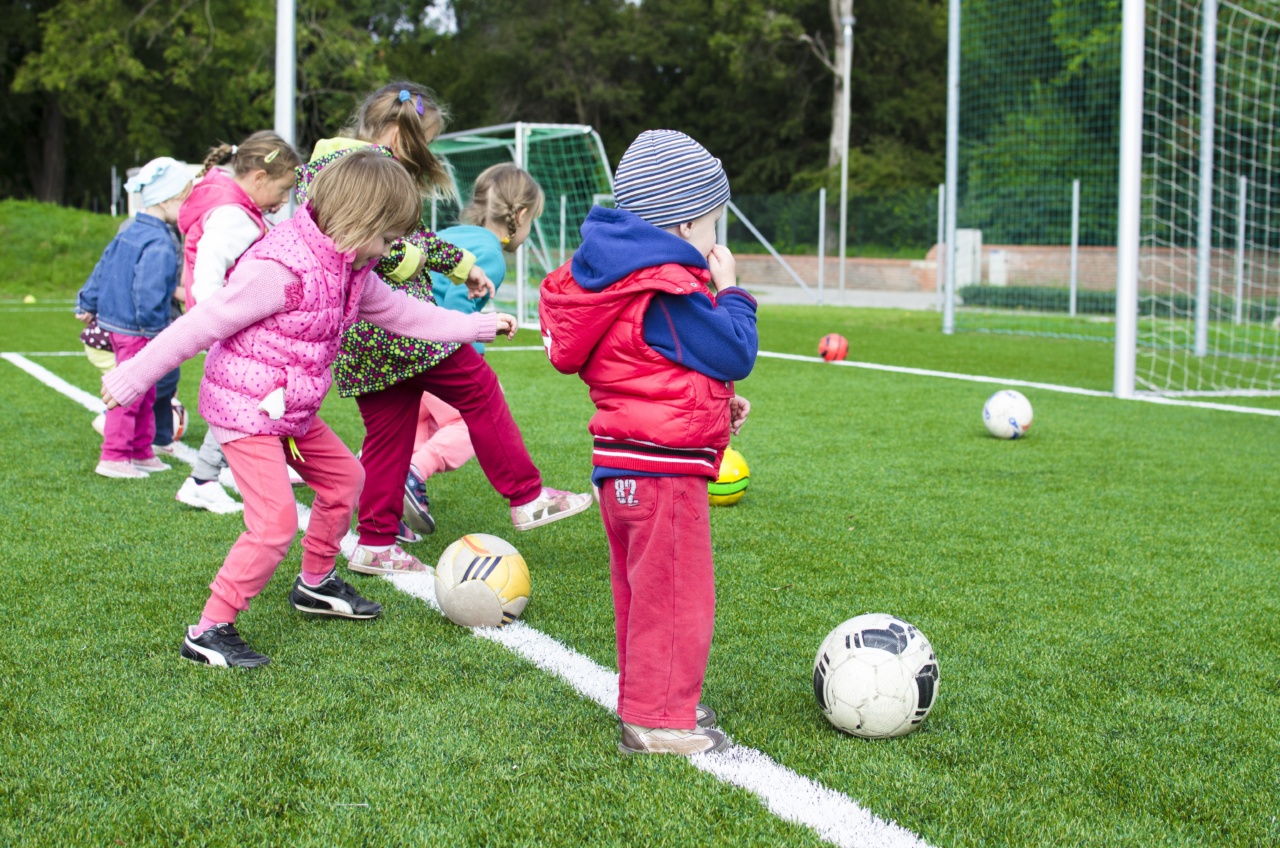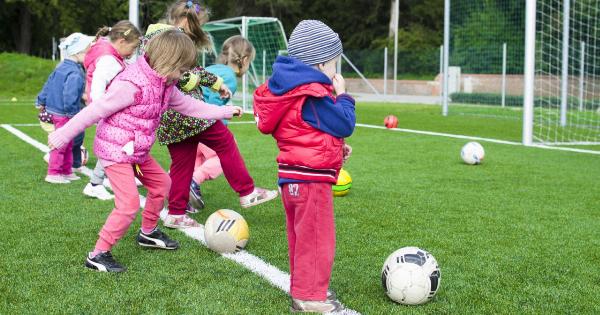Engaging kids in sports is a great way to help them develop physically, socially, and emotionally. However, it is important to strike a balance between sports and other aspects of life.
Too much of anything, including sports, can have negative effects, especially on children. The question then arises: how much sports is too much for kids?.
The benefits of sports for kids
Sports offer an array of benefits to kids. For starters, physical activity can help children maintain a healthy weight and reduce the risk of chronic diseases such as heart disease, diabetes, and obesity.
Sports also help to build strong bones and muscles, improve flexibility and balance, and promote overall physical fitness.
Beyond physical health, sports also offer social and emotional benefits. For instance, playing on a team can help kids develop teamwork, communication, and leadership skills.
Sports can also provide a sense of belonging and camaraderie, which can help to boost children’s self-esteem and confidence.
How much sports is too much?
As with any other activity, too much of a good thing can be detrimental. According to experts, children should not spend more hours per week participating in organized sports than their age in years.
For example, a 10-year-old should not spend more than 10 hours a week playing sports.
When children exceed the recommended hours of sports, they may be at risk of physical injuries such as sprains, strains, and fractures. Overuse injuries are particularly common in children who play a single sport year-round without adequate rest.
Moreover, playing sports for extended periods may lead to burnout, which can cause children to lose interest in the sport.
The importance of rest and recovery
Rest and recovery play a critical role in preventing injuries and burnout in young athletes. It is important for children to take at least one day off from sports per week to allow their bodies to rest and recover.
They should also take breaks from their sport during the off-season and limit participation in summer camps and off-season training.
Parents and coaches should also pay attention to signs of overuse injuries such as persistent pain or fatigue, and seek medical attention immediately if necessary.
Additionally, they should encourage children to engage in other non-sport activities such as music, art, or volunteering to help them maintain a balance in their lives.
Factors to consider when determining how much sports is too much for kids
When determining the appropriate amount of sports for kids, several factors should be taken into account. For instance, the child’s physical ability and motivation levels should be considered.
Children who are naturally gifted in sports may be able to withstand more hours of practice and competition than others. Similarly, children who are passionate about their sport may benefit from additional hours of training.
Additionally, parents and coaches should consider the child’s academic workload and other commitments. Children who have a heavy academic load or who participate in other extracurricular activities may not be able to devote as much time to sports.
Conclusion
Sports offer numerous benefits to children, including physical, social, and emotional development. However, it is important to strike a balance between sports and other aspects of life.
Children should not spend more hours per week participating in organized sports than their age in years. Parents and coaches should also encourage rest and recovery and pay attention to signs of overuse injuries. By considering these factors, parents and coaches can help children maintain a balance in their lives while reaping the benefits of sports.































